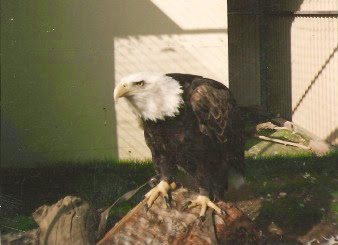"Representatives from Veterans For Peace, Occupy Savannah and The Revolutionary Peoples’ Union, as well as people from the Muslim, Jewish, and Christian communities, stood side by side calling for peace in the Middle East and an end to Israel’s illegal occupation of Palestine. The demonstration lasted for nearly two hours. Many passers-by honked their horns and waved showing their support for the protesters and the people of Gaza.
According to the United Nations Office for the Coordination of Humanitarian Affairs, out of the approximately 1975 Palestinians killed in the month-long onslaught, 1417 unarmed civilians have been killed; the affiliation of 328 of those killed are unknown and 230 of those killed were armed combatants. In contrast, Israel has lost three civilians and 64 military personnel in “Operation Protective Edge.”
Savannah stands in solidarity with Gaza
Monday, August 18, 2014 20:04
Savannah, GA – More than 100 people assembled in downtown here, Aug. 16, to stand in solidarity with the besieged people of Gaza. The demonstration garnered much attention from locals and tourists alike. Some Georgian residents came from as far away as Milledgeville and Brunswick to support Palestinians facing Israel’s siege.
Representatives from Veterans For Peace, Occupy Savannah and The Revolutionary Peoples’ Union, as well as people from the Muslim, Jewish, and Christian communities, stood side by side calling for peace in the Middle East and an end to Israel’s illegal occupation of Palestine. The demonstration lasted for nearly two hours. Many passers-by honked their horns and waved showing their support for the protesters and the people of Gaza.
According to the United Nations Office for the Coordination of Humanitarian Affairs, out of the approximately 1975 Palestinians killed in the month-long onslaught, 1417 unarmed civilians have been killed; the affiliation of 328 of those killed are unknown and 230 of those killed were armed combatants. In contrast, Israel has lost three civilians and 64 military personnel in “Operation Protective Edge.”
About 77 out of the 170 facilities belonging to the United Nations Relief and Works Agency for Palestine Refugees in the Near East have been damaged. The international community condemned Israel’s deliberate bombing of a U.N. school on July 24.
The Savannah Peace Coalition will continue to promote the cause of Palestine. There will be a viewing of the 2006 film Occupation 101 on Aug. 28. After Savannah’s first ever solidarity with Palestine event, more people are mobilized and motivated to keep up the momentum and continue the people’s struggle in Savannah.
Source: http://www.fightbacknews.org/2014/8/18/savannah-stands-solidarity-gaza


























